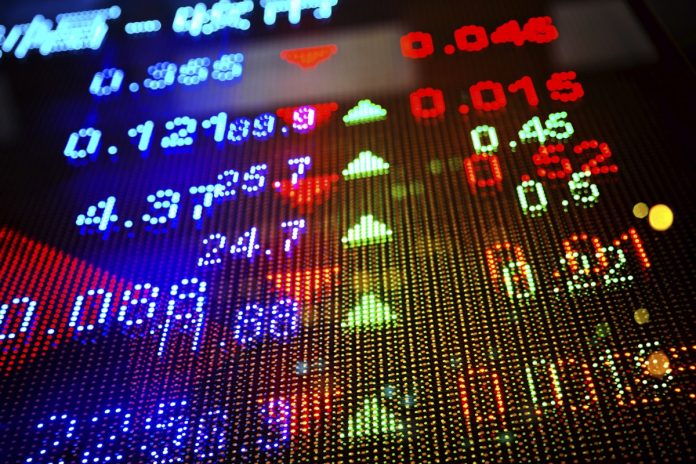Stocks edged upward this morning as bulls looked to set a new yearly high. Traders kept an eye on the horizon for key inflation data due next week in addition to the Federal Reserve’s next meeting, which wraps up on June 14th.
The Dow saw a modest gain of 84 points, rising 0.2%, while the S&P crept 0.3% higher. The Nasdaq Composite climbed 1% in response to falling yields. The 10-year Treasury yield slipped to 3.78%.
Amazon (NASDAQ: AMZN) stood as the tech leader after receiving optimistic analyst commentary. AMZN shares jumped more than 3%, subsequently boosting the Technology Select Sector SPDR Fund (NYSE: XLK) by 0.6%. Despite today’s big gain, AMZN remains below yesterday’s high, which was hit before the stock plunged 4.25% lower into the close.
The S&P finds itself in a similar predicament, lingering near the crucial 4,300 level of resistance. This week, the index reached its highest point since late August, bolstering a 2.2% rally so far this month. Looking at the broader view, the index has risen 7% over the past three months.
Doing even better in recent weeks were small-cap stocks. With a 7% surge in June and a year-to-date rise of 6.3%, the Russell 2000 suggests that smaller stocks could be ready for a bigger resurgence, finally, after more than a year and a half of underperformance relative to the S&P.
“For all the folks who are very concerned about the narrowness of the rally, there is a little bit of a rotation going on into some of the more beat-down value and cyclical stocks,” said Ross Mayfield, investment strategy analyst at Baird.
“So overall, pretty healthy activity.”
This healthy activity could lead to additional S&P losses as breadth unwinds.
For now, though, investors seem to be in a holding pattern as they await the Federal Reserve’s policy meeting on June 13 and 14. Indications suggest inflation is subtly easing, albeit remaining above the central bank’s 2% target. This might make the central bank “feel a little bit more comfortable pausing in June, with plenty of optionality through July and beyond,” Mayfield added.
However, newly released data this morning showed a surge in initial jobless claims, which hit their highest level since October 2021 while providing a possible sign of a softening labor market. This unexpected rise intensified expectations that the Federal Reserve could pause its rate-hiking campaign next week.
A pause, in this case, would probably indicate an end to hikes. Yes, the Bank of Canada just surprisingly lifted rates yesterday following a January pause, but the Fed is a different animal; history shows that once the hikes stop, cuts are soon to follow as central bankers panic.
And, when the Fed panics, equities rise.
But until the panic starts, major market pain typically awaits investors. That’s why, despite how counterintuitive it sounds, “selling the last rate hike” makes sense. Because it will be at least several months before the Fed slashes rates again, especially if inflation stays well above target like it currently is.








